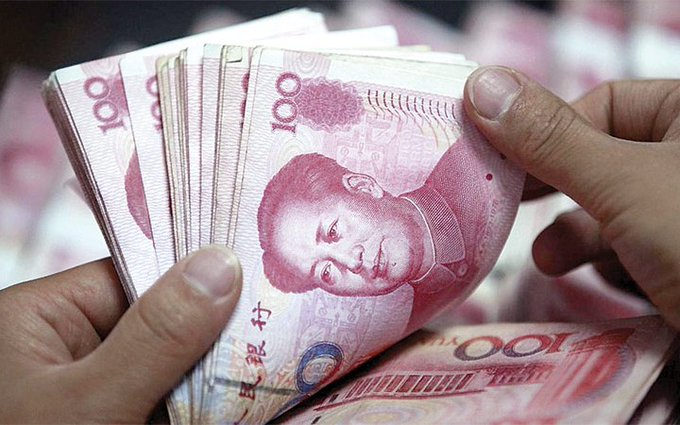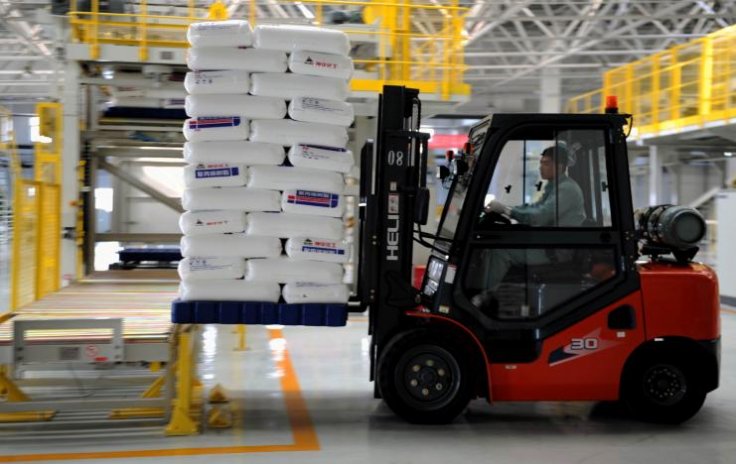The Chinese economy expanded 7.9 percent year-over-year in the second quarter of 2021 but the sequential growth was lower than expected due to slowing manufacturing sector, increasing raw material costs and a relatively high spike in new COVID-19 cases.
"China's economy sustained a steady recovery with the production and demand picking up," the National Bureau of Statistics (NBS) on Thursday.
The agency, however, said there was need for caution. "The epidemic continues to mutate globally and external instabilities and uncertainties abound," it said.
Record Growth in 1st Quarter
According to a Reuters polls of economists, the economy should have expanded 8.1 percent, but the numbers paled in comparison with the record 18.3 percent expansion in the January-March period.

"China's economic recovery is brisk and very healthy, as although the government has put a lot of resources on stimulating the economy, it is also making sure that economic development is balanced, able to be sustained, and there wasn't a flood of liquidity," Hu Qimu, chief research fellow at the Sinosteel Economic Research Institute, said, according to the Global Times.
Other analysts highlighted the fact that while the numbers were robust they also hinted at an uneven recovery in the world's second largest economy.
Greater Concern
"The numbers were marginally below our expectation and the market's expectation (but) I think the momentum is fairly strong ... Our greater concern is the uneven recovery that we've seen so far and for China the recovery in domestic consumption is very important...retail sales this month was fairly strong and that may allay some concerns," UOB economist Woei Chen Ho told Reuters.
Meanwhile, China said it expected economic growth to soften further in the next few months. The economy would face pressures from factors like supply bottlenecks and a crippling semiconductor chips shortage, alongside a possible flare-up of the coronavirus outbreaks in other countries.
Domestic Consumption a Worry
According to data published by the National Bureau of Statistics (NBS) on Thursday, in the April-June period, factory output rose 8.9 percent year-on-year while retail sales were up 13.9 percent. The economy had expanded 18.3 percent in the first quarter, which was the fastest pace at which the Chinese economy had grown.

Data also showed that industrial output grew 8.3 percent in June compared with a year ago.
Even as manufacturing records significant growth, the point of worry for China is the fact that domestic consumption remains week. Consumption has not recovered to pre-pandemic levels, posing inherent risk to stable growth. "If manufacturing is coming back at its full force but home consumption continues to lag behind, inventory will go up, and enterprises are likely to face liquidity problems," analyst Hu told GT.








